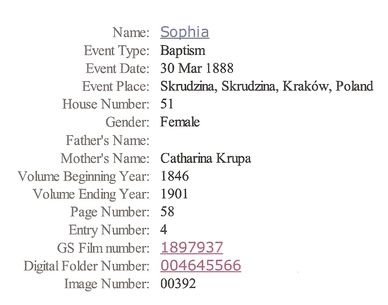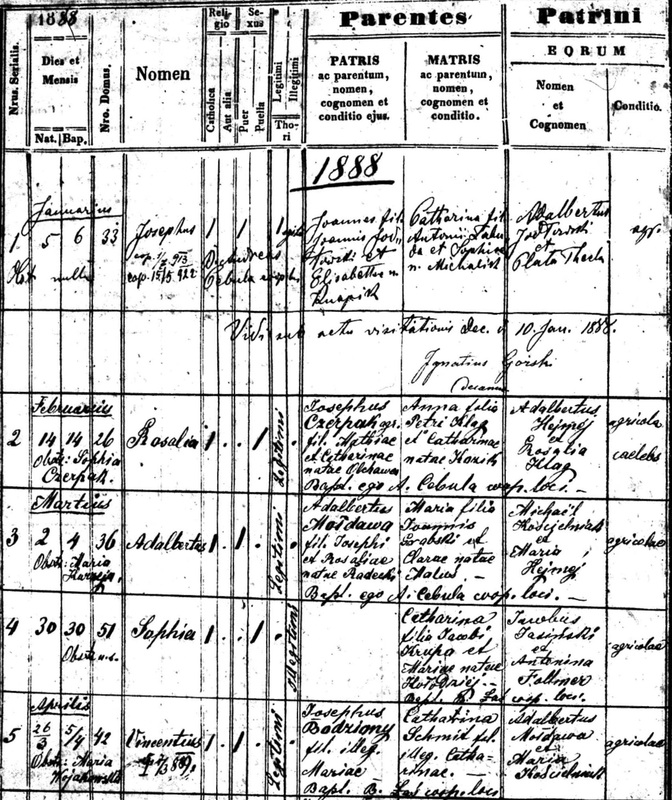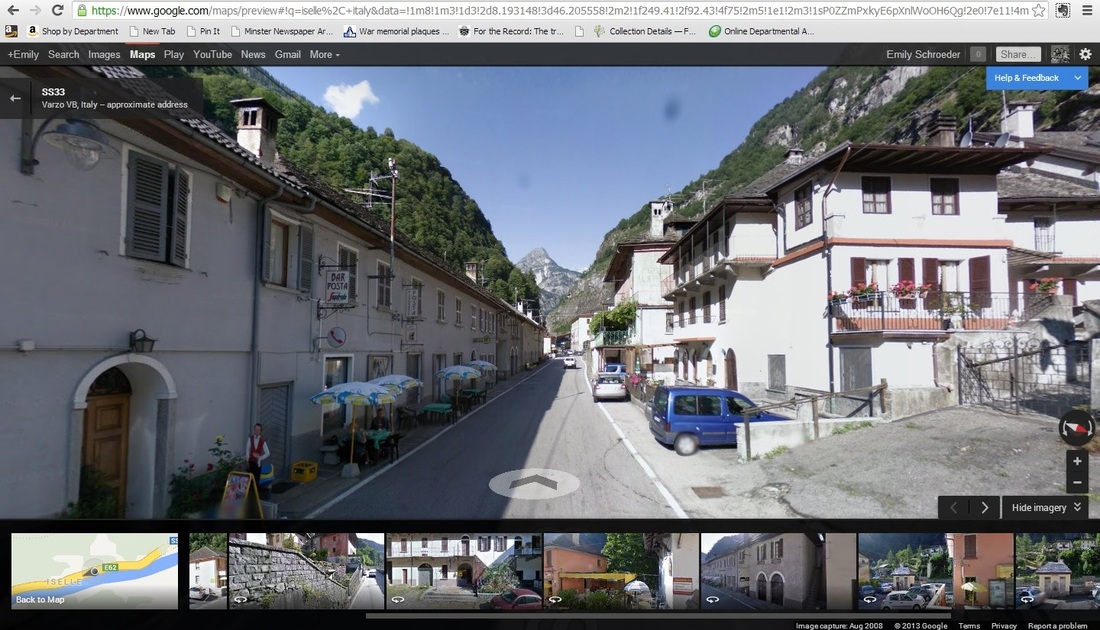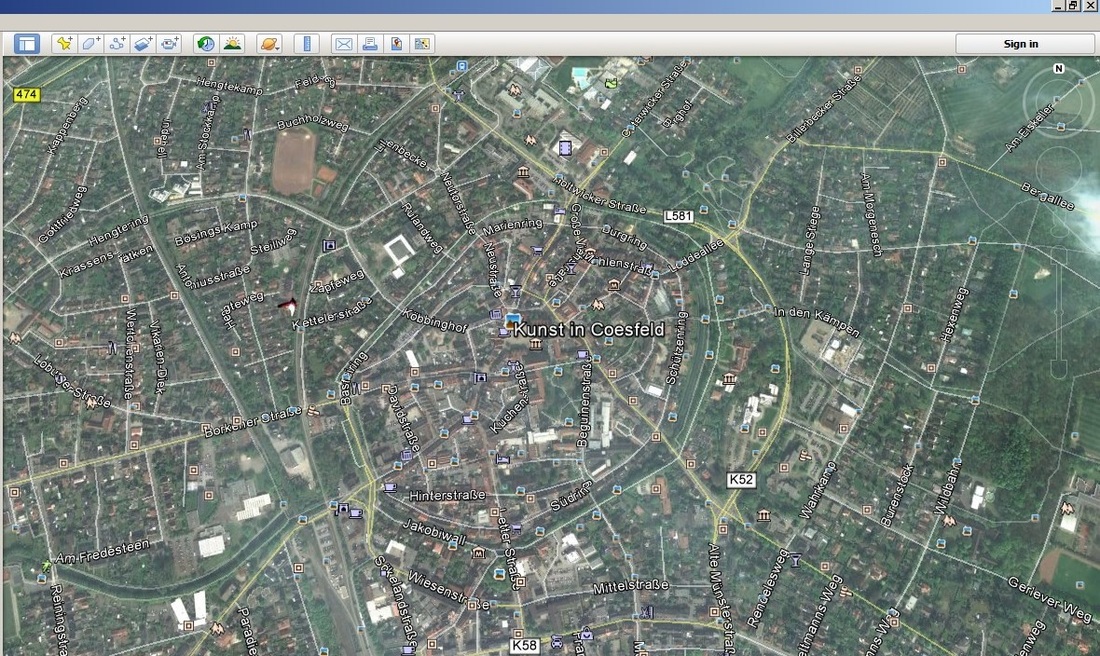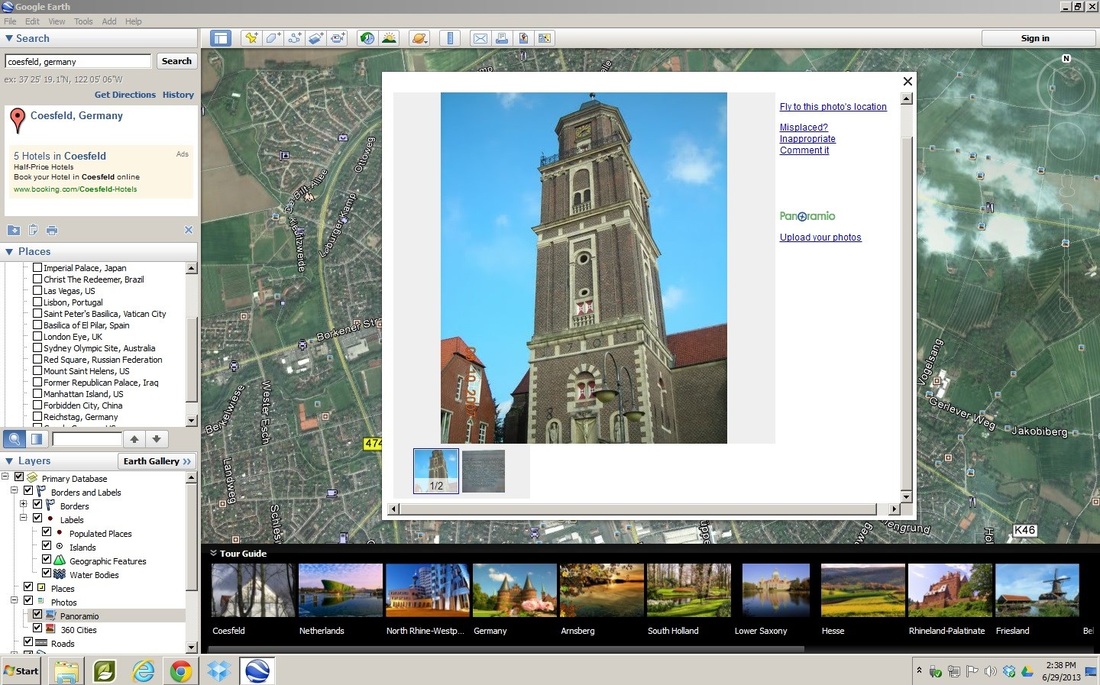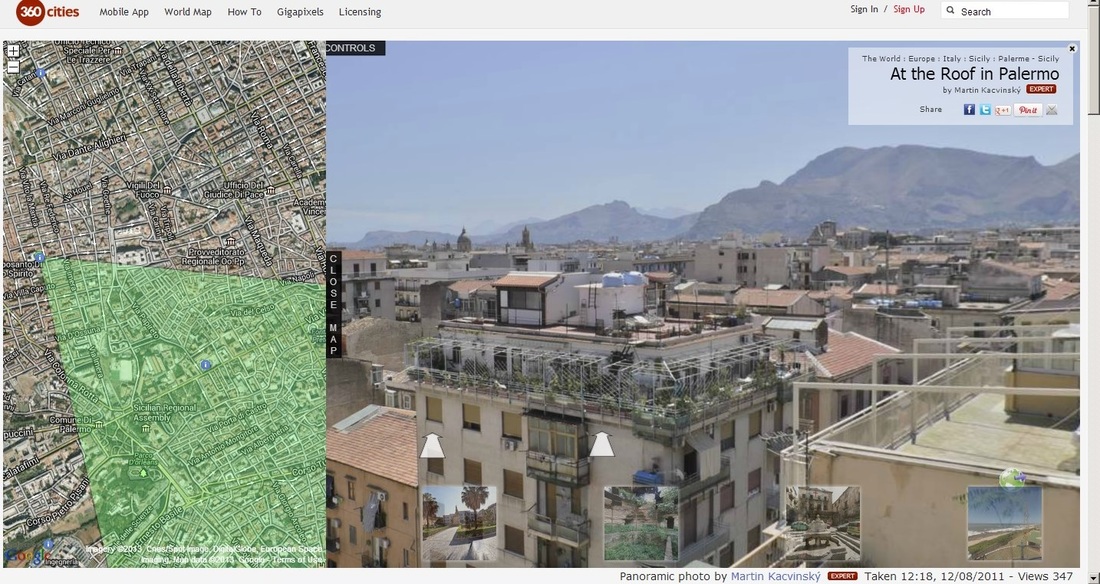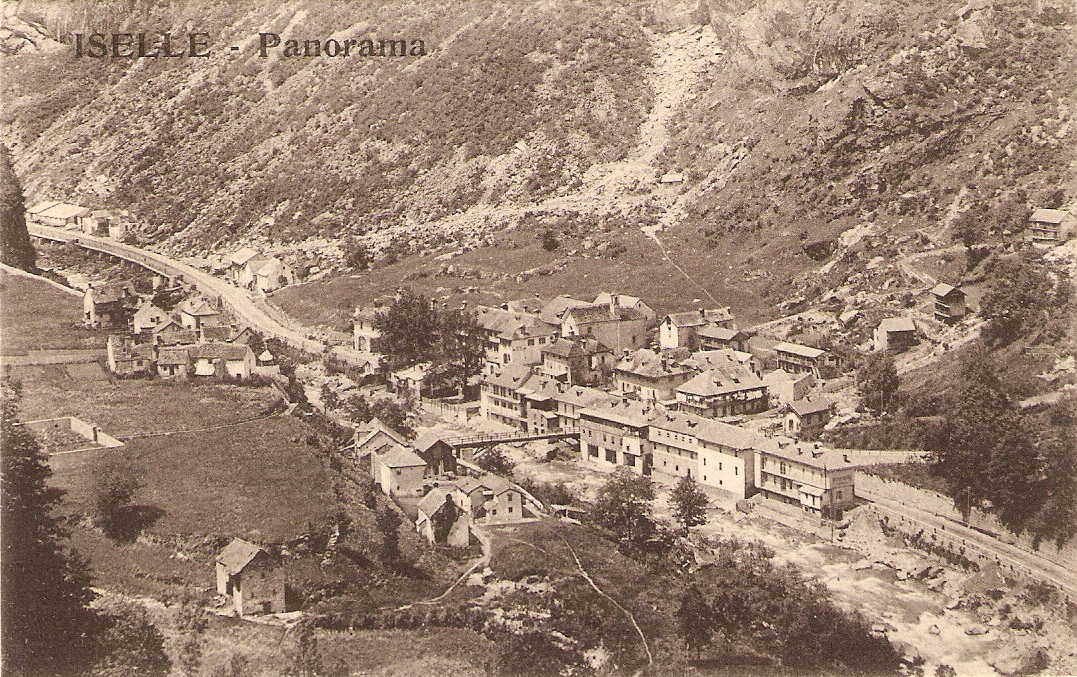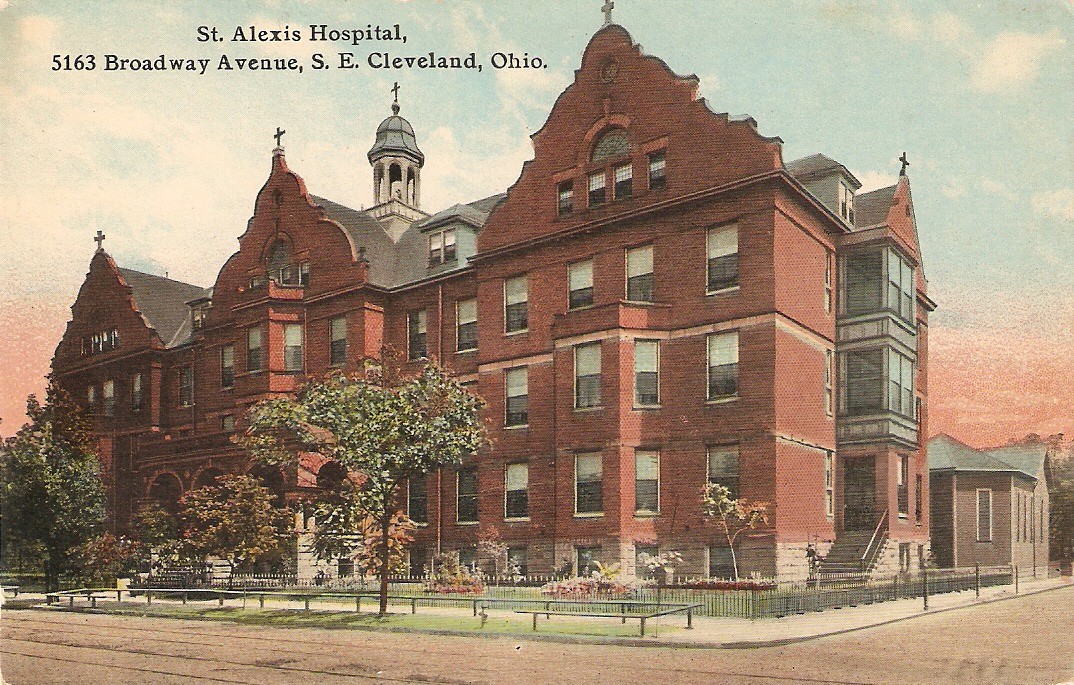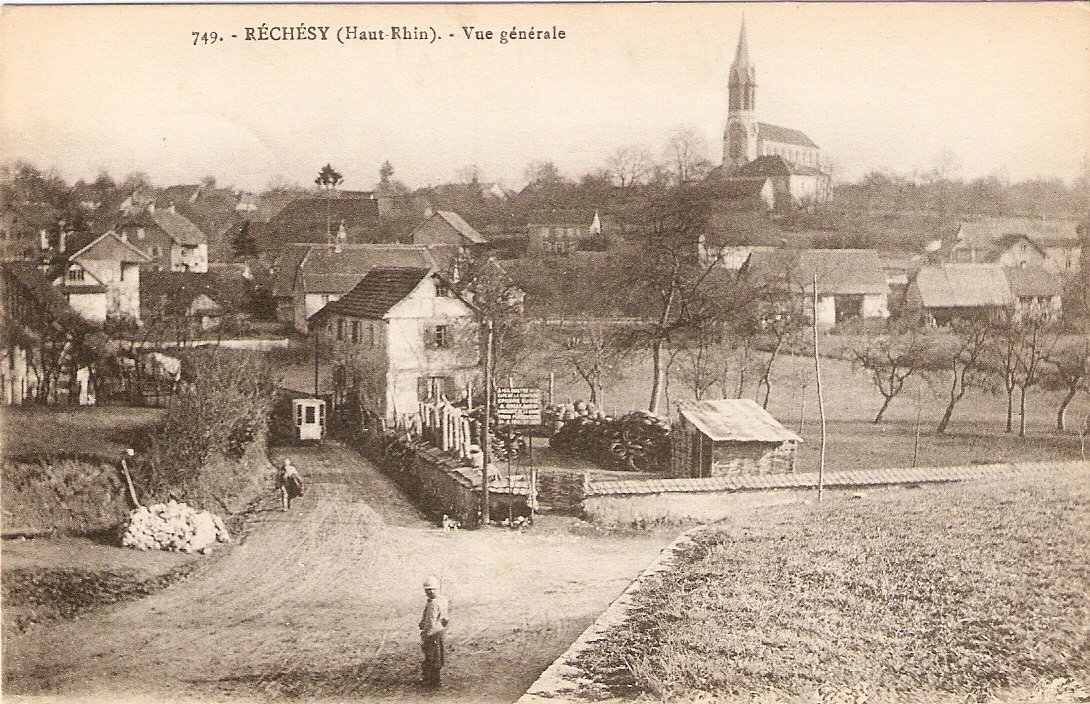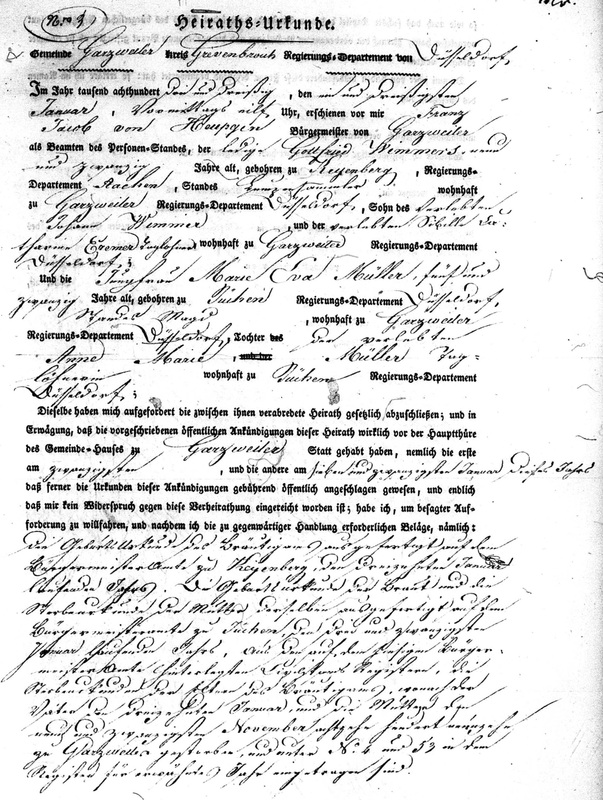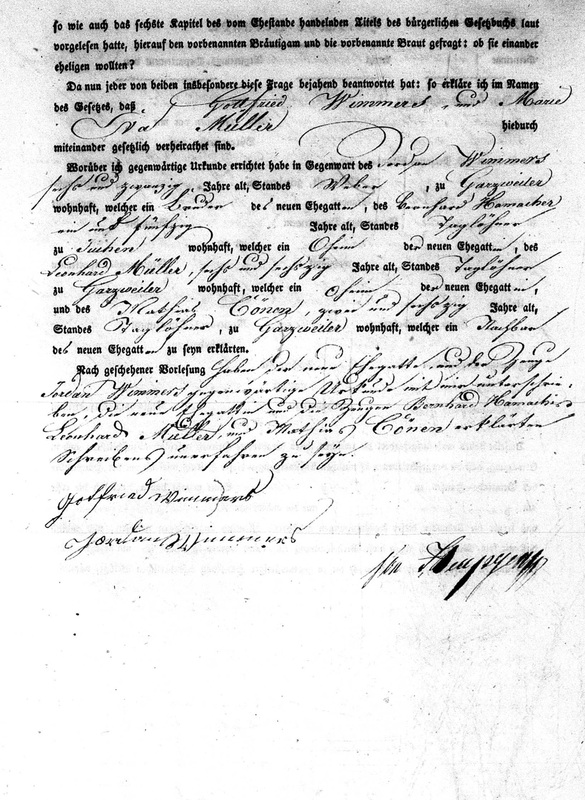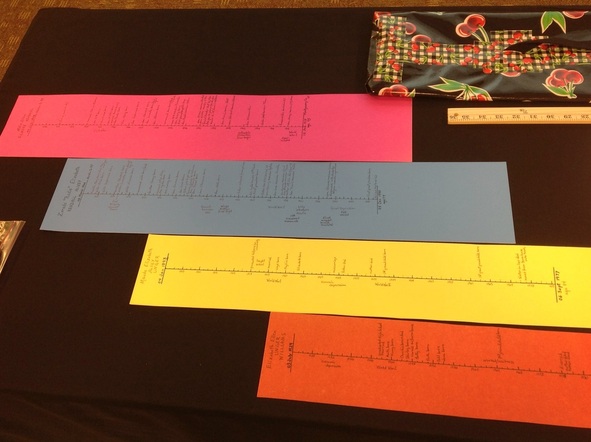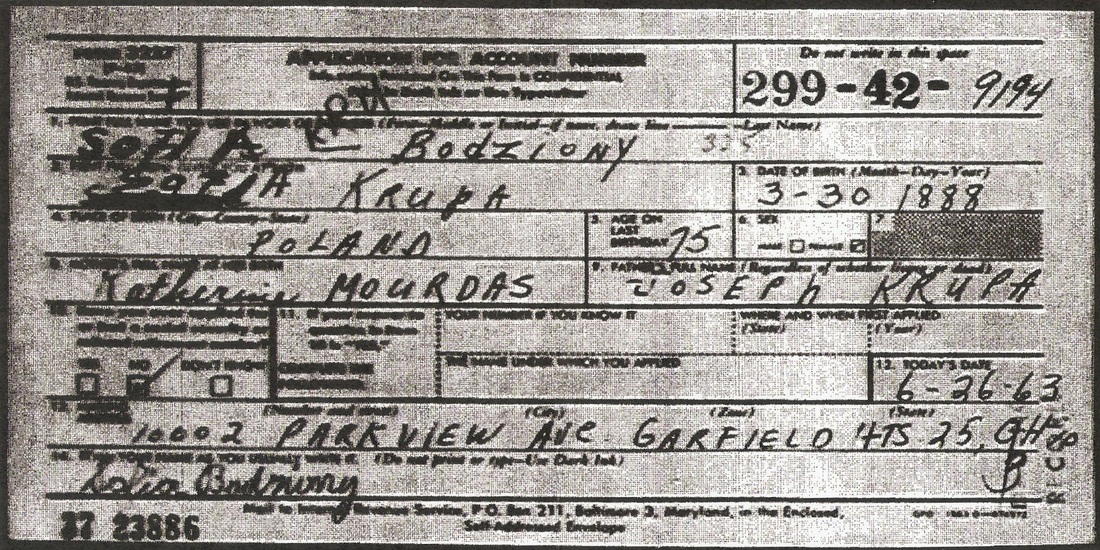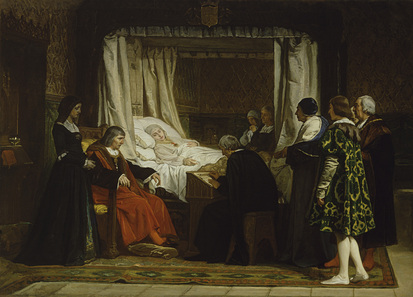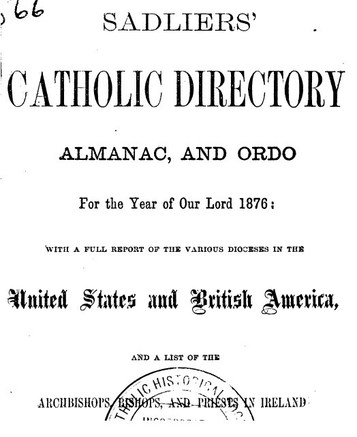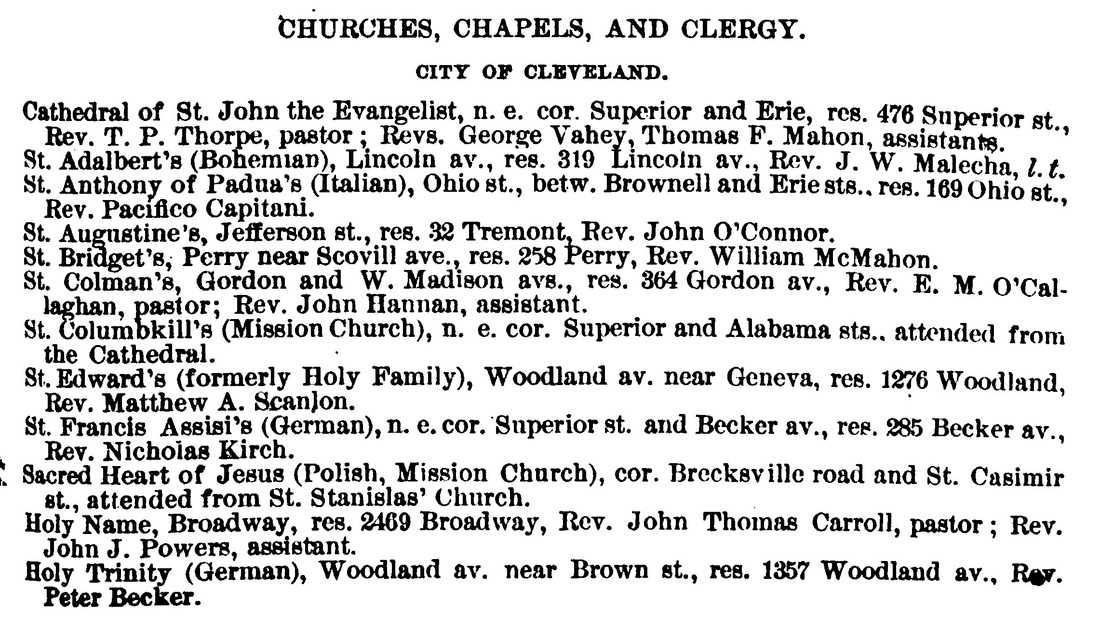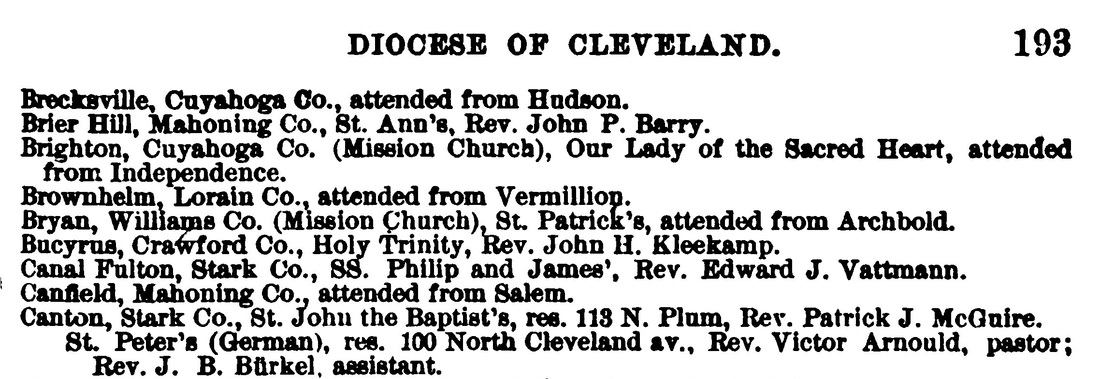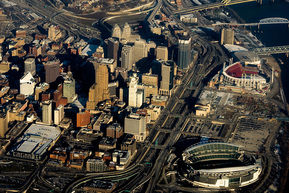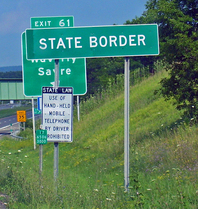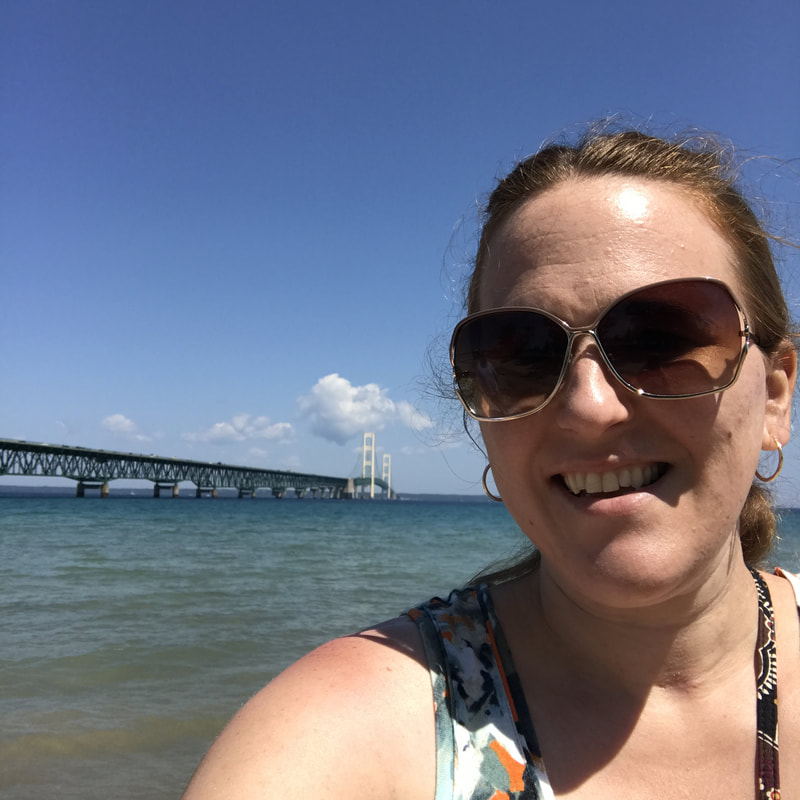I've also found Ancestry to be a bit of a time sink for me; I wander randomly through different branches of our trees, searching for anything new to add. After doing family history research for several years, I now know of so many other ways in which to obtain documents - other websites, genealogy libraries, government agencies - and I have a backlog of non-Ancestry leads to pursue that I feel like I may never get to if I keep 'putzing around' on Ancestry too much.
Of course, I have electronic and paper copies of all the records I've found on Ancestry, and I maintain my own family history websites where they are located as well, so I don't feel like I'm losing anything by not having access to the documents through Ancestry. I also will still continue to use my Family Tree Maker program on my desktop computer.
I feel like this will be a 'liberating' experience for me - being away from Ancestry for a bit. What about you fellow family history researchers? Do you ever take a break from Ancestry for awhile?
©2013, copyright Emil Kowalski Schroeder

